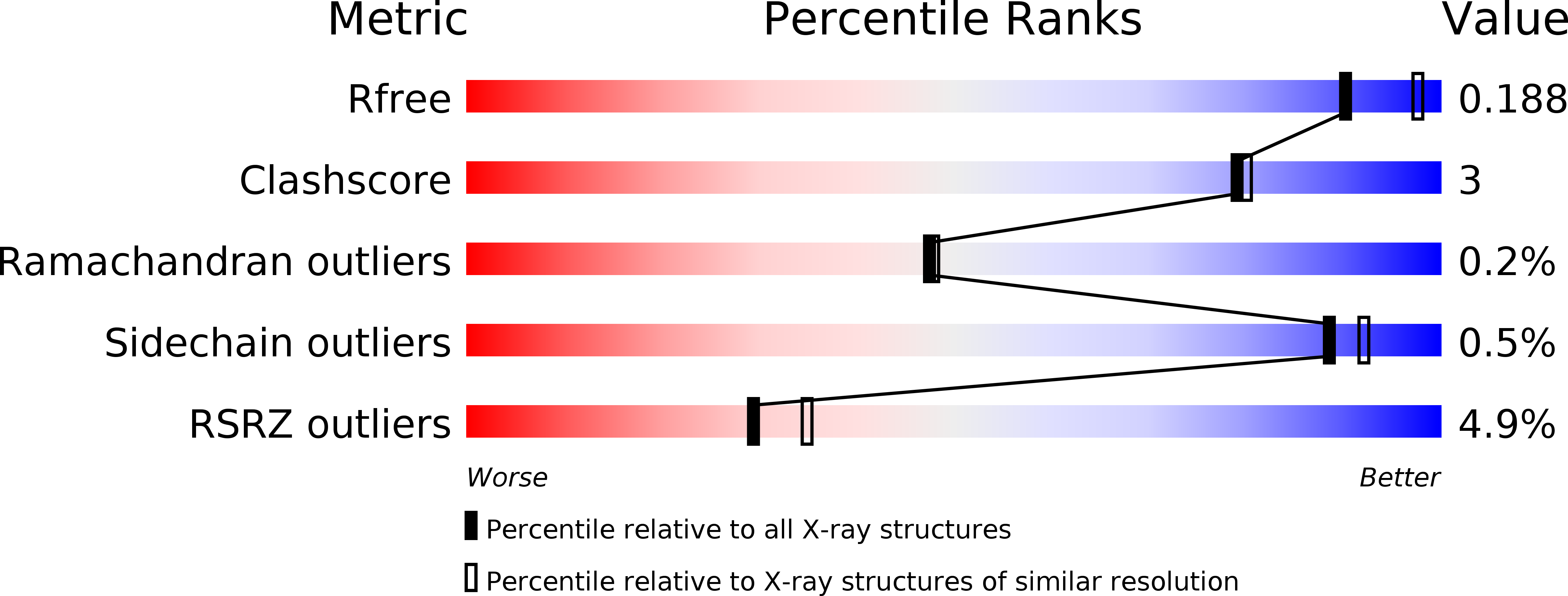
Deposition Date
2018-05-24
Release Date
2018-11-07
Last Version Date
2024-01-17
Entry Detail
PDB ID:
6GM0
Keywords:
Title:
[FeFe]-hydrogenase CpI from Clostridium pasteurianum, variant E279Q
Biological Source:
Source Organism:
Clostridium pasteurianum (Taxon ID: 1501)
Host Organism:
Method Details:
Experimental Method:
Resolution:
2.11 Å
R-Value Free:
0.22
R-Value Work:
0.18
R-Value Observed:
0.18
Space Group:
P 1 21 1


